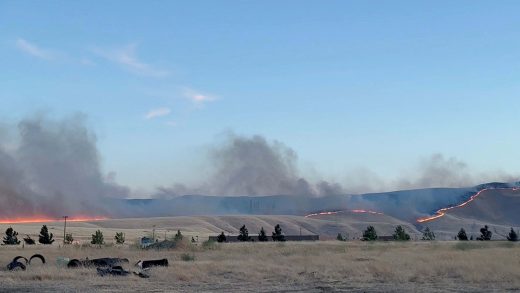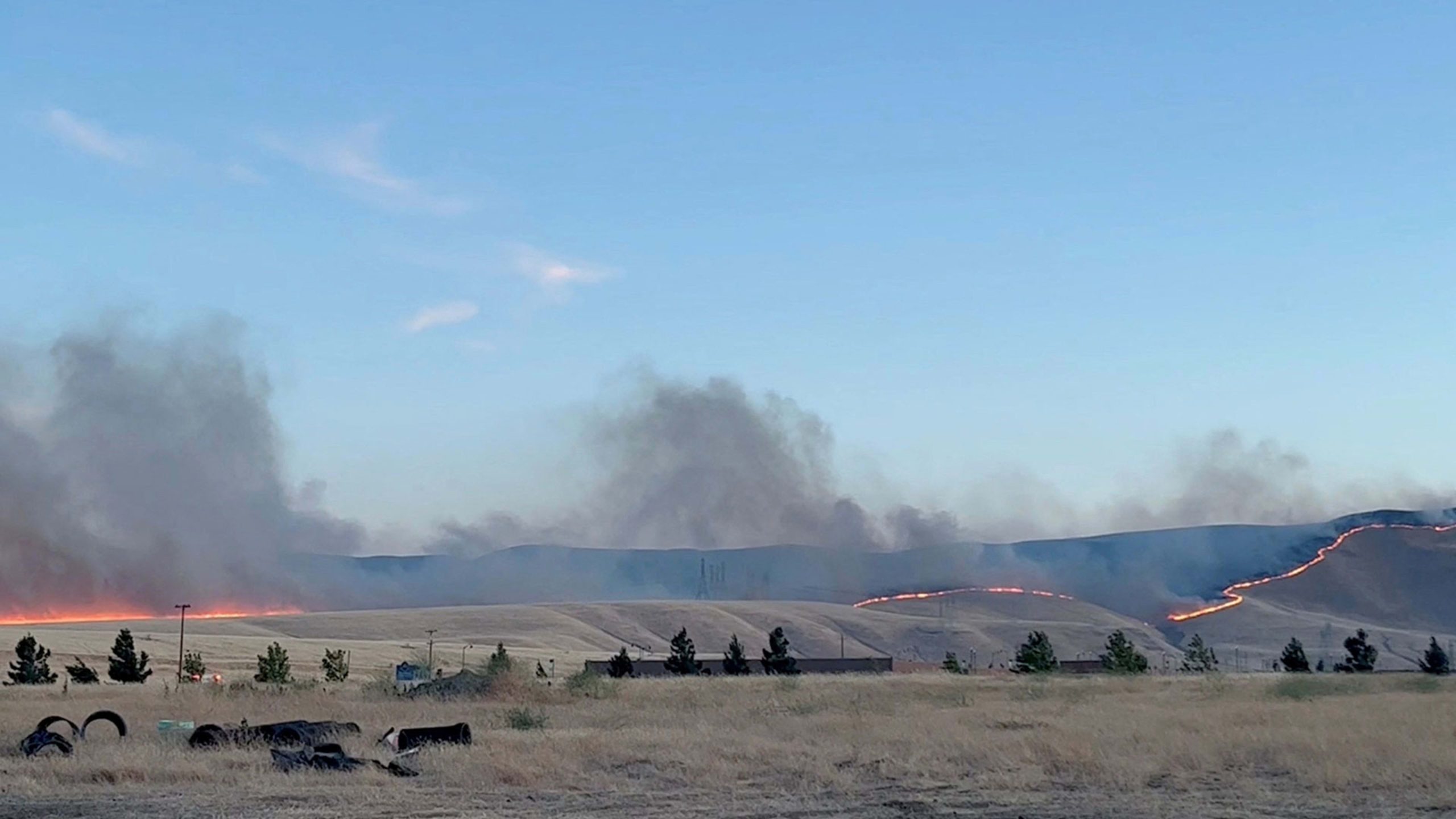115-degree heat could descend on Phoenix as an early heat wave bakes the southwest
115-degree heat could descend on Phoenix as an early heat wave bakes the southwest
The heat wave comes more than two weeks before the official start of summer.
BY Reuters
Millions of Americans from the Gulf Coast of Texas to California’s San Francisco Bay area were warned on Tuesday to curb outdoor activity and stay well-hydrated during a major pre-summer heat wave expected to roast much of the Southwestern U.S. this week.
Unseasonably high daytime temperatures were forecast to soar above 100 degrees Fahrenheit (37.8 degrees Celsius) across several states into Friday, according to the National Weather Service.
Forecasters attributed the excessive heat, coming more than two weeks before the official June 20 start of the summer season, to a strong ridge of atmospheric high pressure parked over the region and intensifying.
Areas of particular concern for triple-digit temperatures included California’s inland Central Valley and the state capital, Sacramento, where an “excessive heat warning” was in effect.
Closer to the Pacific Coast, a less dire “heat advisory” was for slightly milder but still oppressively high mercury readings in the Bay area.
In low-elevation areas of southern Arizona and Nevada, forecasters warned that temperatures would climb above 110 degrees F, likely topping 112 degrees F in Las Vegas on Thursday, which would become the city’s earliest recorded 112 degree reading on record.
Phoenix, Arizona’s state capital and its biggest city, could see highs reaching 115 on Thursday.
The heat wave as a whole, with temperatures 20-30 degrees above normal, was expected to peak over California’s Central Valley on Wednesday, before expanding into the Desert Southwest later in the week, the NWS said.
“Widespread temperature records are expected to be tied or broken across much of the aforementioned areas,” it said.
Forecasters and local officials urged residents to stay in air-conditioned indoor areas, especially during the hottest times of the day, drink plenty of fluids, and check on neighbors and relatives during the heat wave.
“Extreme heat is an invisible but dangerous consequence of climate change, and CA’s outdoor workers, seniors + children are particularly vulnerable,” California’s Environmental Protection Agency said in a social media post.
A bout of extreme heat that has baked much of Texas for about a week was expected to peak on Tuesday but persist for a few days more, the weather service said.
The prevailing conditions are seen as a prelude to hotter-than-normal temperatures that are likely to become a common occurrence over the next three months in many regions, according to the NWS.
In addition to risks posed to human health, the extreme heat puts a strain on power grids. In May, the North American Electric Reliability Corp, which sets energy reliability standards for the U.S. and Canada, said that large parts of the United States remain at risk for supply shortfalls due to the demands of summertime air-conditioning.
The hot weather outlook also could mean more wildfires in California this summer as arid, windy conditions fuel blazes. A 14,000-acre (5,665 hectares) wildfire, called the Corral Fire, was 75% contained after forcing thousands of residents to evacuate east of San Francisco over the weekend.
—Steve Gorman and Brendan O’Brien, Reuters
(13)



